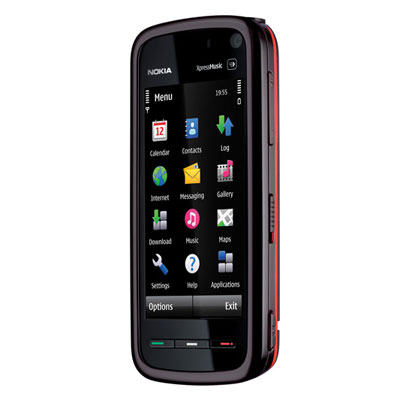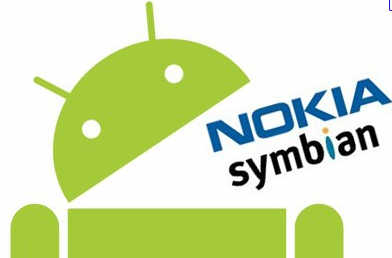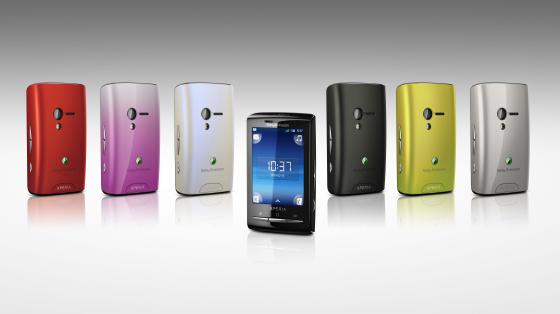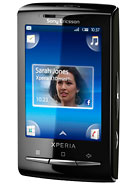Many, many blogs have already commented on Google Buzz since it was unleashed upon the world on the 9th of February. I wanted to wait a while before chipping in with my 2c, so that I could get a feel for what Google
might be trying to do with their latest release.

So, by now, most of the people that might read this blog have already tried Buzz for themselves, so I won't go into all the features. Instead, I want to look at what Buzz means to Google, and where Google is perhaps positioning Buzz. This is just my take on it, and is by no means official.
Google may have started out as an internet search company, but
"as a business, Google generates the majority of its revenue by offering advertisers measurable, cost-effective and highly relevant advertising, so that the ads are useful to the people who see them as well as to the advertisers who run them."
This business is dependent on people using the internet. The more page views, the more money Google makes. As simple as that. However, Google have not sat back and let nature take it's course. They are constantly developing new apps to make the internet experience ever more compelling, and they are looking at ways to make the internet an indispensable part of everyday life.
When people complained the internet was too slow for some of the apps Google was developing, they introduced their own browser to speed things up. Foreign languages a problem? Google have invested heavily in translation tools.

So where does Buzz fit in? Well Facebook has grown into the king of social networking, with in excess of 400 million users. Facebook offers the complete intenet experience for many users; messaging, which is soon to grow into a full email service (if the rumours are to be believed), instant messaging, photo albums, real-time micro-blogging, and thousands of apps for games etc. Oh, and they also have the best system to stay in touch with your real-life friends available today. The problem for Google is that many of these people using Facebook aren't venturing out of it's "walled garden", and are thus avoiding the Google advertising that has infiltrated the rest of the internet. Google needs to be a player in the social networking game.
Of course, they do have Orkut, but that has not taken off in their home market, and the U.S. is where the real advertising dollars are. Google already have apps that compete very admirably against the individual aspects of Facebook, and then some, but currently they are very disjointed. And they had nothing in the real-time micro blogging arena at all.

With this background, Buzz starts to make sense. They took their most popular app, Gmail, and baked Buzz right in there. You couldn't miss it. They immediately had more than 140 million users! Privacy issues aside, straight out of the box, Buzz integrates very well with the other Google apps like Reader and Picasa, but not so well with the likes of Twitter and Friendfeed. There have also been a lot of complaints about the amount of 'noise'. Don't worry, these issues will get sorted out. Google is taking Buzz very seriously!
What excites me is the potential of Buzz. Google will get the real time problem with Twitter sorted out, and will add links to other sides too. Imagine Buzz a few months down the line, when it has become the go-to site for all your social networking needs. You'll link with your friends, both real and virtual, from sites all over the web, in one place. Facebook may resist, and are probably big enough to do it, but I foresee smaller sites agreeing to Google's terms in the hope that it'll drive more people their way.
So what else does Google need to do? Well, a lot of people have complained about the integration with Gmail. I say integrate more! I think that Google should have one main page with Profile, Reader, Contacts and Calendar, all together with Gmail/Buzz. In fact, I don't know why Google hasn't done this - maybe it is a speed issue. I would hate Gmail to slow down to Windows Live speeds! However, I think Profile needs to become an integral part of the Google experience. People maintain their profiles in other apps, why not Google. The Google Profile should be central to your on-line personality.

A lot of people have drawn comparisons between Buzz, Facebook and Twitter. For me, Twitter isn't even in the same league, and I wouldn't be surprised if their numbers dropped off significantly. If you consider what Google offers; email (Gmail), instant messaging (Gtalk) and micro-blogging (Buzz), it sounds very similar to Facebook. Add photo albums (Picasa), and you've got all the main elements. Then if you add Reader, Calendar, Tasks and Docs, you've got (in my mind) a Facebook killer! It may not all be under one roof like Facebook, but gradually we are seeing better integration between these products. The fight for our eyeballs is far from over, and I think that the consumer will benefit from the competition. For me, I love Gmail, I think Buzz compliments it well, and as long as they keep Farmville and the like out, I'll keep Buzzing!
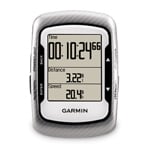 Cycling computers have evolved over the last 10 years. Remember when you had to have a wire running from the sensor on your fork up the the handlebar mounted unit that displayed speed and distance, and that was it. The big breakthrough came with wireless units - I remember my Cateye Cordless 7 being the envy of the day! Then Polar came along and suddenly you could have heart rate, and even altitude on your computer. In my opinion, and in the opinion of no less a blogging authority than the Fat Cyclist, the best bike computer currently available is the Garmin Edge 500, which adds GPS. However, at about R2,400 (or $250 in the States), this is an expensive bit of kit.
Cycling computers have evolved over the last 10 years. Remember when you had to have a wire running from the sensor on your fork up the the handlebar mounted unit that displayed speed and distance, and that was it. The big breakthrough came with wireless units - I remember my Cateye Cordless 7 being the envy of the day! Then Polar came along and suddenly you could have heart rate, and even altitude on your computer. In my opinion, and in the opinion of no less a blogging authority than the Fat Cyclist, the best bike computer currently available is the Garmin Edge 500, which adds GPS. However, at about R2,400 (or $250 in the States), this is an expensive bit of kit.


